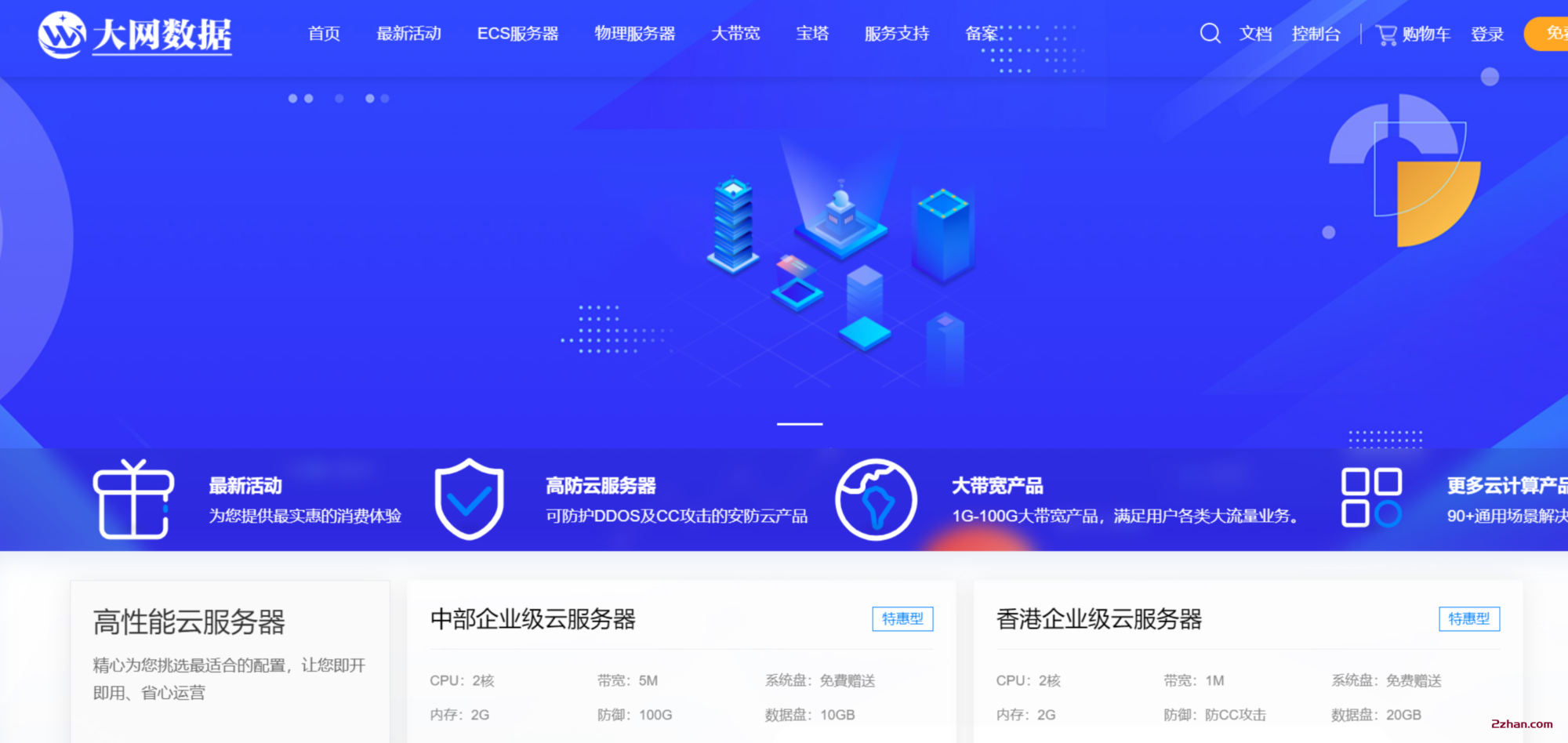近期学了一点Python,然后正好有一个手机同步工具方面的预研工作要完成。
要实现PC与手机的通信,首先要找到他们的通信协议,还好的是Android有完善的协议:ADB
ADB的代码是开源的,而且支持Windows平台,有现成的DLL可以调用:AdbWinApi.dll,AdbWinUsbApi.dll
好了,可以用VC搞定,但我想用Python试一下,于是开始了苦逼的查资料+实验的过程。
实验过程就不多说了,由于上面的两个DLL都是用C实现的,提供的头文件也是C语言的,所以有了下面这个python测试程序(Python2.7):
|
1
2
3
4
5
6
7
8
9
10
11
12
13
14
15
16
17
18
19
20
21
22
23
24
25
26
27
28
29
30
31
32
33
34
35
36
37
38
39
40
41
42
43
44
45
46
47
48
49
50
51
52
53
54
55
56
57
58
59
60
61
62
63
64
65
66
67
68
69
70
71
72
73
74
75
76
77
78
79
80
81
82
83
84
85
86
87
88
89
90
91
92
93
94
95
96
97
98
99
100
101
102
103
104
105
106
107
108
|
import ctypes #自定义的GUID结构,有兴趣的可以自己研究用uuid模块 class GUID(ctypes.Structure): _fields_= [("Data1", ctypes.c_ulong), ("Data2", ctypes.c_ushort), ("Data3", ctypes.c_ushort), ("Data4", ctypes.c_ubyte*8)] #自己定义的一个结构体,便于使用DLL接口 class AdbInterfaceInfo(ctypes.Structure): _fields_= [("class_id", GUID), ("flags", ctypes.c_ulong), ("device_name", ctypes.c_wchar*800)] def strGUID(GUID): string= '' string= string+ '%x' % buff.class_id.Data1+ '-%x' % buff.class_id.Data2+ '-%x' % buff.class_id.Data3 string= string+ '-%x' % buff.class_id.Data4[0] string= string+ '%x' % buff.class_id.Data4[1] string= string+ '%x' % buff.class_id.Data4[2] string= string+ '%x' % buff.class_id.Data4[3] string= string+ '%x' % buff.class_id.Data4[4] string= string+ '%x' % buff.class_id.Data4[5] string= string+ '%x' % buff.class_id.Data4[6] string= string+ '%x' % buff.class_id.Data4[7] return string dll= ctypes.cdll.LoadLibrary('AdbWinApi.dll')usb_class_id= GUID(0xF72FE0D4,0xCBCB,0x407d, (0x88,0x14,0x9e,0xd6,0x73,0xd0,0xdd,0x6b))enum_handle= dll.AdbEnumInterfaces(usb_class_id, ctypes.c_bool('true'), ctypes.c_bool('true'), ctypes.c_bool('true')) while(1): buff= AdbInterfaceInfo() size= ctypes.c_ulong(ctypes.sizeof(buff)) status= dll.AdbNextInterface(enum_handle, ctypes.byref(buff), ctypes.byref(size)) if status==1: #print "GUID = " + strGUID(buff.class_id) #print "status = " + str(status) #print "Name = " + str(buff.device_name) hAdbApi= dll.AdbCreateInterfaceByName(buff.device_name); if hAdbApi== 0: print 'AdbCreateInterfaceByName Fail' else: serial= ' '*128 pserial= ctypes.c_char_p() pserial.value= serial serial_len= ctypes.c_ulong(len(serial)) ret= dll.AdbGetSerialNumber(hAdbApi, pserial, ctypes.byref(serial_len), ctypes.c_bool('false')); if ret== 1: print 'Device Name: ' + '%s'% serial else: print 'Get Device Name Fail' else: print 'Finished' breakimport ctypes#自定义的GUID结构,有兴趣的可以自己研究用uuid模块class GUID(ctypes.Structure): _fields_= [("Data1", ctypes.c_ulong), ("Data2", ctypes.c_ushort), ("Data3", ctypes.c_ushort), ("Data4", ctypes.c_ubyte*8)]#自己定义的一个结构体,便于使用DLL接口class AdbInterfaceInfo(ctypes.Structure): _fields_= [("class_id", GUID), ("flags", ctypes.c_ulong), ("device_name", ctypes.c_wchar*800)]def strGUID(GUID): string= '' string= string+ '%x' % buff.class_id.Data1+ '-%x' % buff.class_id.Data2+ '-%x' % buff.class_id.Data3 string= string+ '-%x' % buff.class_id.Data4[0] string= string+ '%x' % buff.class_id.Data4[1] string= string+ '%x' % buff.class_id.Data4[2] string= string+ '%x' % buff.class_id.Data4[3] string= string+ '%x' % buff.class_id.Data4[4] string= string+ '%x' % buff.class_id.Data4[5] string= string+ '%x' % buff.class_id.Data4[6] string= string+ '%x' % buff.class_id.Data4[7] return stringdll= ctypes.cdll.LoadLibrary('AdbWinApi.dll')usb_class_id= GUID(0xF72FE0D4,0xCBCB,0x407d, (0x88,0x14,0x9e,0xd6,0x73,0xd0,0xdd,0x6b))enum_handle= dll.AdbEnumInterfaces(usb_class_id, ctypes.c_bool('true'), ctypes.c_bool('true'), ctypes.c_bool('true'))while(1): buff= AdbInterfaceInfo() size= ctypes.c_ulong(ctypes.sizeof(buff)) status= dll.AdbNextInterface(enum_handle, ctypes.byref(buff), ctypes.byref(size)) if status==1: #print "GUID = " + strGUID(buff.class_id) #print "status = " + str(status) #print "Name = " + str(buff.device_name) hAdbApi= dll.AdbCreateInterfaceByName(buff.device_name); if hAdbApi== 0: print 'AdbCreateInterfaceByName Fail' else: serial= ' '*128 pserial= ctypes.c_char_p() pserial.value= serial serial_len= ctypes.c_ulong(len(serial)) ret= dll.AdbGetSerialNumber(hAdbApi, pserial, ctypes.byref(serial_len), ctypes.c_bool('false')); if ret== 1: print 'Device Name: ' + '%s'% serial else: print 'Get Device Name Fail' else: print 'Finished' break |
上面这个简单的Python代码,可以通过AdbWinApi.dll和AdbWinUsbApi.dll这两个DLL来找到你PC上正连接着的Android设备。
只调用了3个DLL接口,但目的已经达到,可以得出下面的结论:
使用Python调用DLL的方式来实现ADB工具是可行的,当然麻烦是不会少的了。
写在最后,Python调用C写的DLL还是比较麻烦的,特别是参数传递,尤其是指针的处理,这方面还得依靠ctypes模块。。。
© 版权声明
文章版权归作者所有,未经允许请勿转载。
THE END












暂无评论内容